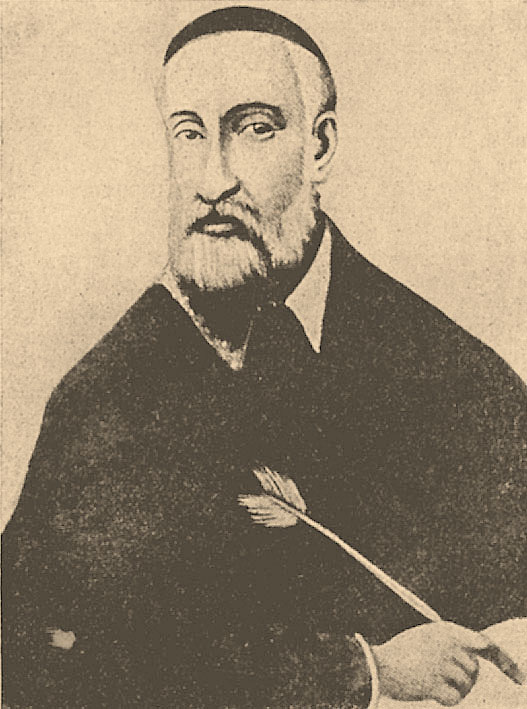Musings Of A Shliach From Montana
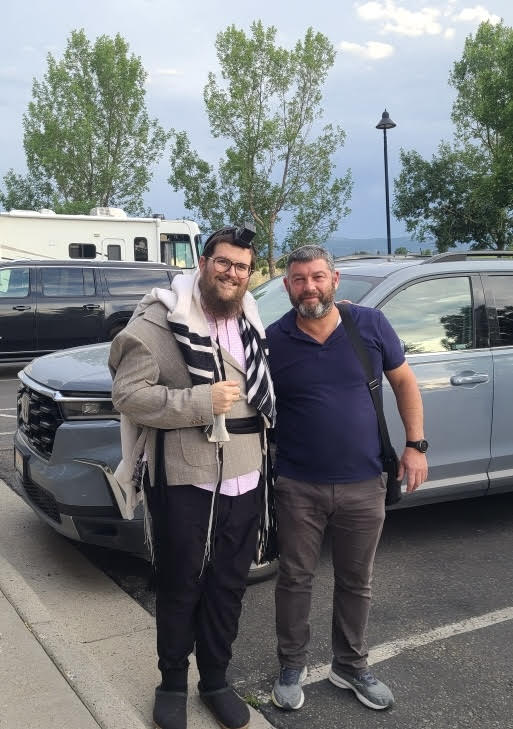
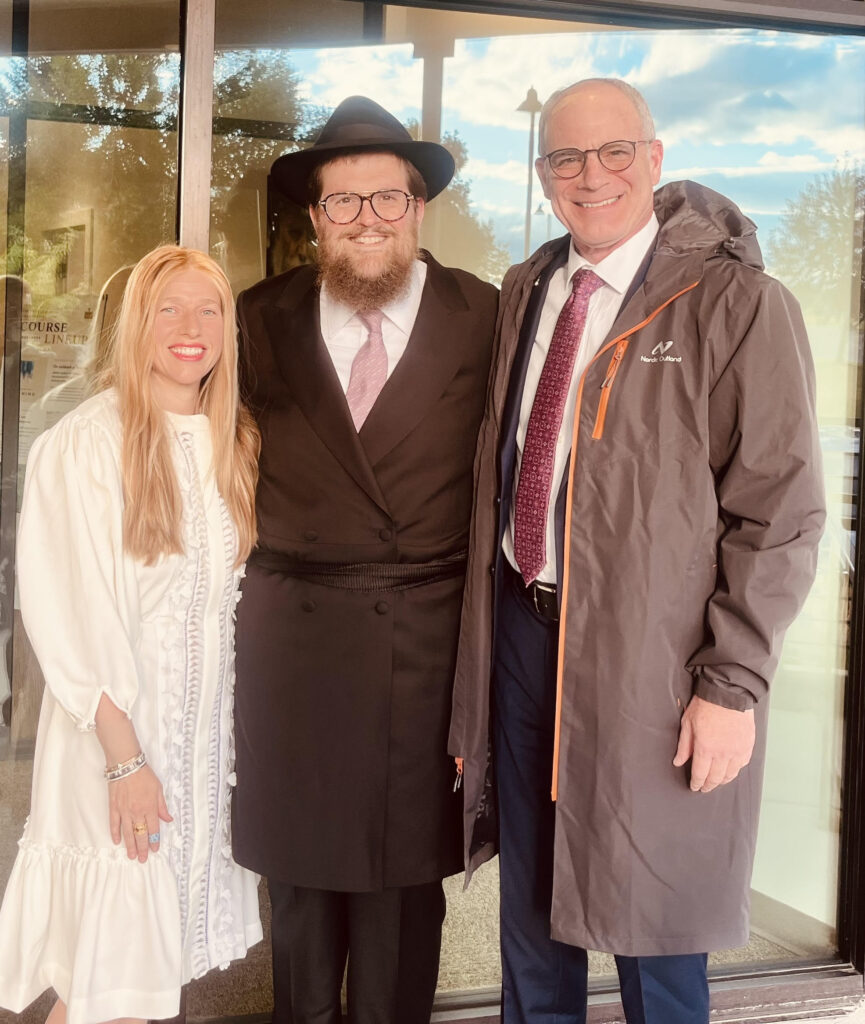
Rabbi Chaim and Chavie Bruk with Ambassador Dr. Yechiel Leiter
We have just wrapped up a bustling Shabbos Nachamu in Bozeman and are heading out on a two-week family adventure, where Chavie and I hope to focus exclusively on our family with no distractions. Yet, “Patur Bli Klum Ee Efshar” (Exemption without anything is impossible), I can’t skip my weekly column. So, I will take some time at the airport to share my elated feelings about hosting Jews in our community, a unique form of hachnasat orchim.
I’m not in Lalaland and I recognize that hosting Jews for meals each Shabbos from May through September, in addition to our beautiful local Yidden, whom we host weekly, is a huge task. It’s cooking, organizing, cleaning, responding, and so much more. Yet, there is something truly magnificent about opening our doors to Jews from around the world and spending a Shabbos in farbrengen with Klal Yisrael.
There is something even more special when we have returnees, visitors who enjoyed their first visit and came back, like the Weissmans from Far Rockaway, who joined us for two Shabbosim last year and came back again with their family this year. Friendships like the one that Chavie and I share with the Weissmans are so precious and we are grateful to have them. We celebrate those friendships and learn so much from those with whom we can spend an incredible Shabbos.
Hosting allows for really special moments.
We received an incredible e-mail on Sunday that warmed our hearts, it read as follows: “Hi, my name is Shimon… I went on a road trip to Montana with a few friends in 2021. We arrived close to Shabbos and didn’t give you advance warning. You graciously hosted us on very short notice and provided us with a very nice Shabbos with great food and a warm Torahdik environment. I didn’t send you a donation at the time, which I think was wrong and ungrateful. My sincerest apologies. In the spirit of better late than never, I’m sending you $100 through your website. Sorry again and thanks for everything. Hatzlachah Raba.”
Isn’t that special?
On Sunday evening of Tishah B’Av, a fellow walked up to my car window and said “Nu, where is the minyan?” I looked up and realized it was Brigadier General Ofer Winter who proudly served in the IDF and is an outspoken supporter in Israel for a full victory against the evil Hamas. He was surprised that I recognized him (I’m a political junkie). Turns out the was visiting friends in Montana and, had I not recognized him, was hoping to come to shul and daven like an ordinary Jew with no frills, no publicity, no kibbudim, just a spot to connect with his Creator on the saddest day of the Jewish calendar. Because I immediately recognized him, we honored him with an aliyah and the reading of the Haftorah.
It blew my mind.
He was so humble, so unassuming, so modest. For us, it was a great honor to host Brig. Gen. Winter, who served with mesirus nefesh, self-sacrifice, for our beautiful nation Israel. But he thanked me for serving Klal Yisrael as well, which made me blush. I know I serve my fellow Jews, but a compliment from someone of his stature felt good and odd at the same time.
A few days later, we celebrated Shabbos Nachamu, which brought another special guest: Israel’s Ambassador to the United States, Dr. Yechiel “Michael” Leiter. His assistant reached out about the ambassador coming, but because of the late notice, there were no hotel rooms available anywhere within an hour-walk of our shul. So, I told her that we would host him and his son Amikam at our home and what an honor it was for us to host these special neshamos.
Ambassador Leiter is a genuine mentsch, a wise talmid chacham, Torah scholar, a beloved father, and a person who has a fiery love for the Jewish people and Israel. He’s not an elitist or an aloof politician; he’s a genuine Yid who I enjoyed immensely.
At Shabbos lunch, he shared a dvar Torah and words of chizuk with our spellbound community, and it was inspiring, gut-wrenching, and heartwarming. He spoke so emotionally about his bechor, his oldest son Moshe Yedidya, Hy’d, who died in Gaza Al Kiddush Hashem while defending his nation just after October 7th, and left behind a wife with six children, parents, siblings, and even some grandparents. In addition, his openness to debate and converse with our many guests on important issues, including discussing with visiting yeshivastudents on the hot topic of Israel’s draft was so appreciated by all. And his lessons about gratitude will resonate with me for years to come. He shared that in Chazarat HaShatz, the repetition of the Amidah, there is only one part that we join in and say ourselves, which is the Modim prayer, the prayer of gratitude, because when it comes to gratitude, we each need to show up for ourselves and express gratitude to Hashem personally, not having someone cover for us.
It was so beautiful to see an Israeli Ambassador who lives Jewishly, devoted to Torah and mitzvos, and who is humble, gentle, and thoughtful. I felt personally honored to host him and to help such a special Jew have a beautiful Montana experience.
When peeking into our parashah, Eikev, it’s clear that although Hashem refers to us as an “Am Keshei Oref,” a stiff-necked people, He has so much compassion for Klal Yisrael because of our ability to change for the better. Later in the parashah, Moshe tells the Yidden: “I prayed to Hashem and said, ‘G-d, do not destroy Your people and Your inheritance, whom You have redeemed in Your greatness and whom You have taken out of Egypt with a mighty hand. Remember Your servants, Abraham, Isaac, and Jacob. Pay no heed to the stubbornness of this people, to their wickedness, or to their sin.”
That’s the Klal Yisrael I get to meet every day, and I love them.
Case in point:
Last week I received a message on Instagram that read as follows: “Hi, my name is Aliza…and I am a pediatrician at ODA in Crown Heights. My family is flying into Bozeman this Sunday and wanted to offer that if you need anything from the New York area, please let us know! It would be our pleasure to bring it to you. Don’t hesitate to reach out 🙂”
I told her I was so grateful, but I had a truck coming with all our stuff just after Tishah B’Av. She said I should let her know if anything changes. Well, my truck came and I realized that I had forgotten to order gefilte fish, which is a staple in our home. I reached back out to her and she said she would be delighted to pick up a case at Raskin’s and bring it. She even had an extra freezer at home so it could remain totally frozen until she left for the airport. I called Raskin’s, had the case prepped for shipping, she picked it up, brought it back to the Five Towns, and I met them at the Bozeman airport to retrieve my gefilte fish.
Why did she reach out in the first place? Because she is a member of Klal Yisrael, she reads this column, and her kindness and caring saved the day for us.
Some choose to kvetch about Jews; I delight in singing their praises. n
Rabbi Chaim Bruk is co-CEO of Chabad Lubavitch of Montana and spiritual leader of The Shul of Bozeman. For comments or to partner in our holy work, e-mail [email protected] or visit JewishMontana.com/Donate.
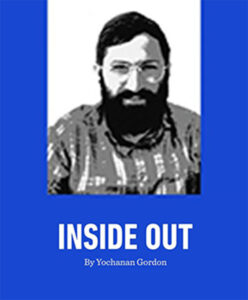
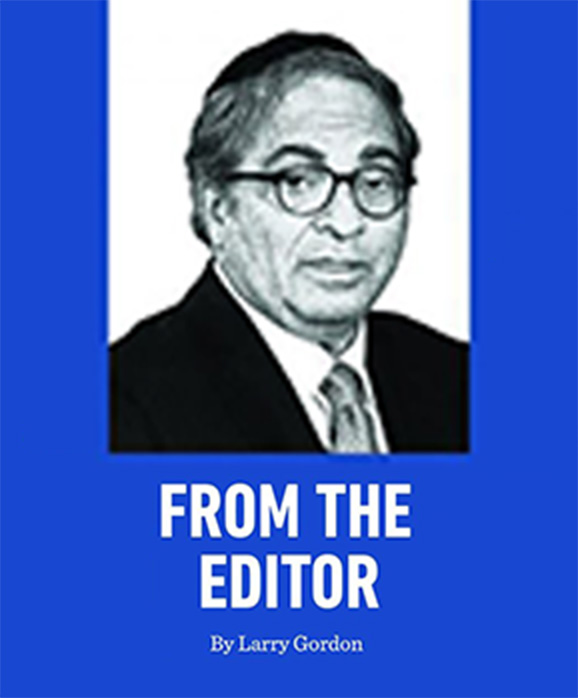





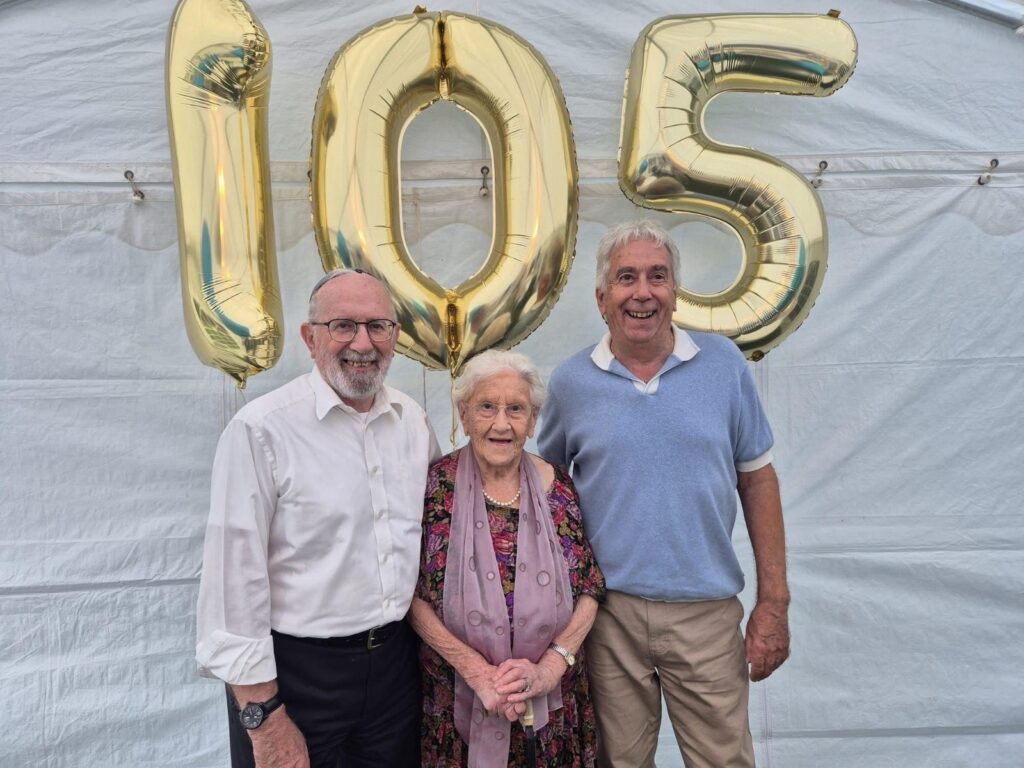
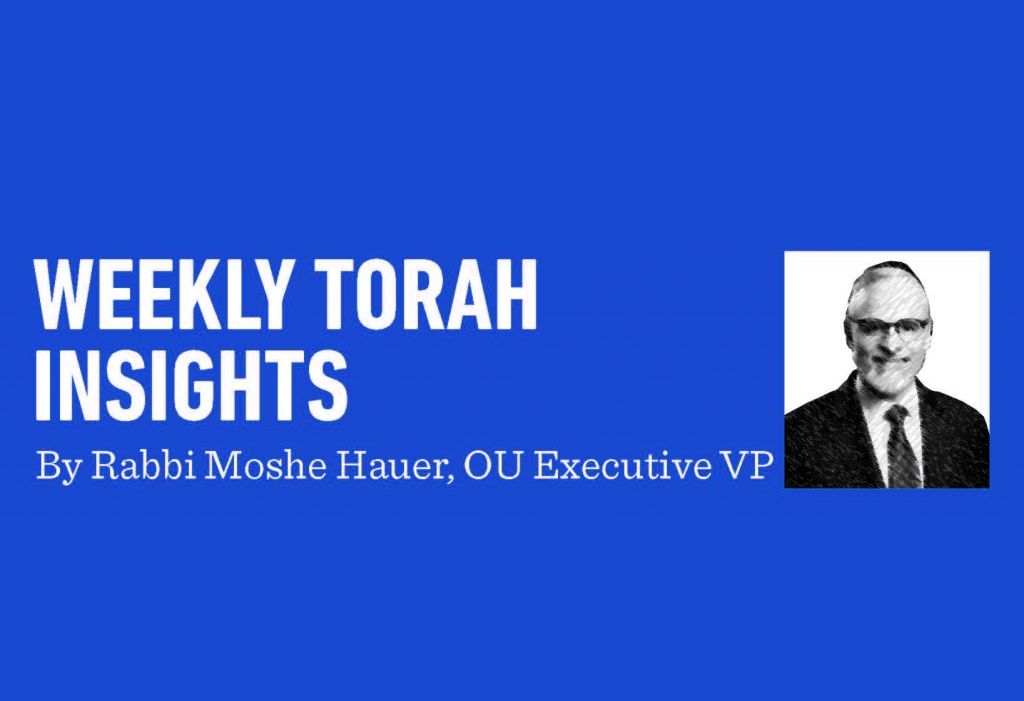

![A Real [Baba] “Metziah”](https://5tjt.com/wp-content/uploads/2025/02/Dovid-Fox-1024x719.jpg)
